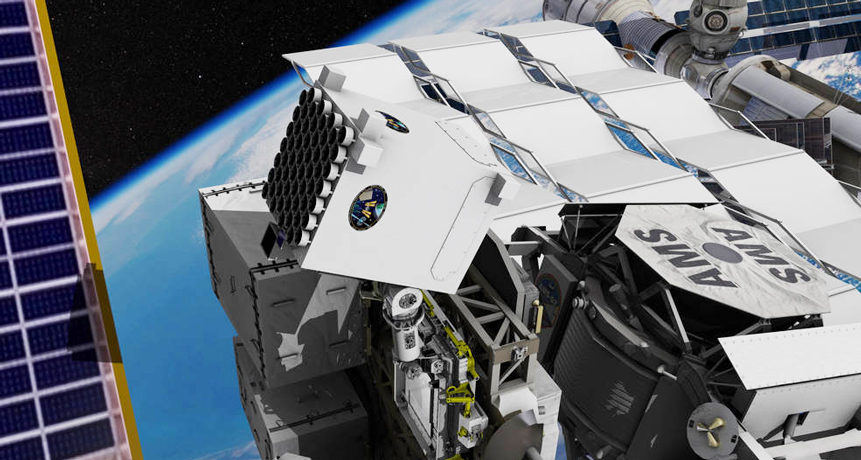Spaceships could use blinking dead stars to chart their way
Like GPS satellites, pulsars could help ships pinpoint their place in space

SPACE PLACE NASA’s SEXTANT experiment demonstrated a stellar version of GPS, finding the experiment’s location with an apparatus consisting of 52 X-ray telescopes (illustrated) on the International Space Station.
NASA's Goddard Space Flight Center